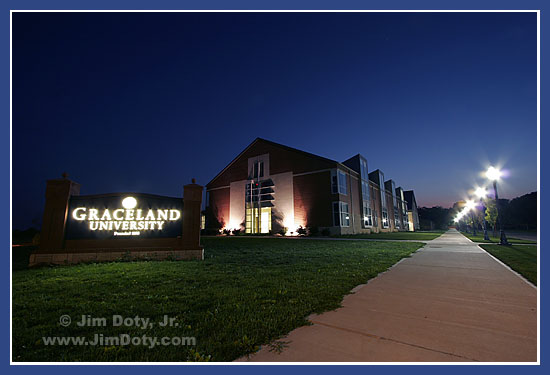Exposure Data: Canon 5D Mark III, Canon EF 50mm lens. f/4, 2.5 seconds, ISO 800.
For quite some time I have wanted to photograph 8 planets in less than one 24 hour day, along with the sun and moon. It is not always possible due to one or more of the planets being lost in the glow of the daytime sun. Cloudy weather can get in the way too. Five years ago today, November 16, 2020, was the day. I finally had my chance and I accomplished my goal in 12 hours and 27 minutes.
I began with Venus and Mercury early in the morning. Click any of these images to see larger versions.


























